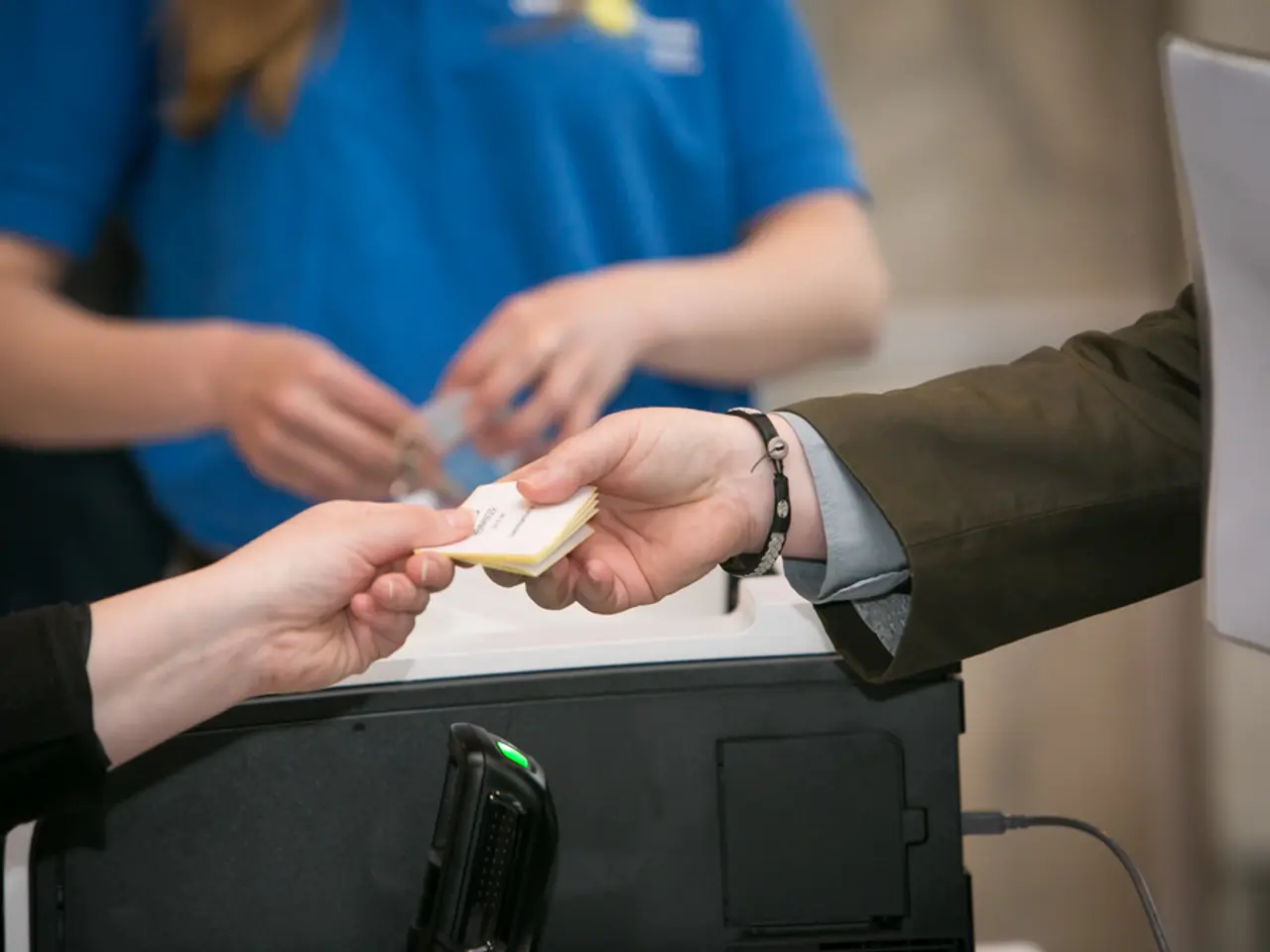Delving into Advanced Heart Technologies: Cardiac Radiofrequency Ablation Examination
Cardiac radiofrequency (RF) ablation is a crucial medical procedure used to correct heart rhythm problems, with approximately 75,000 procedures performed annually in the United States. Developing effective and safe medical devices for these procedures requires careful consideration of several key factors.
Technological Advancements and Innovation
Innovations in ablation technology, such as improvements in catheter design and ablation energy delivery, are crucial. New techniques like pulsed field ablation are gaining traction for their safety and efficacy.
Advances in cardiac mapping systems, including 3D electroanatomical and non-contact mapping, also enhance procedural accuracy and reduce radiation exposure.
Safety and Efficacy
Minimizing injury to adjacent structures, such as the esophagus or phrenic nerve, is essential. New technologies like pulsed field ablation aim to reduce these risks. Ensuring consistent and effective lesion creation without causing unintended damage is another critical aspect.
Regulatory Compliance
Adherence to stringent regulatory standards, such as FDA approval, is critical for market entry in regions like the U.S. This includes robust clinical data and software validation. Compliance with global standards (e.g., ISO) is also necessary to facilitate international distribution.
Cost and Accessibility
RF ablation is generally more cost-effective than cryoablation, but advancements may increase costs. Balancing innovation with affordability is crucial, especially in developing regions. Access to specialized care centers and trained professionals influences market penetration.
Clinical Training and Support
Adequate training for healthcare professionals is essential for optimal device performance and patient outcomes. Providing ongoing support and updates to align with evolving clinical practices is also vital.
Market Dynamics and Competition
The rise in cardiac arrhythmias, particularly atrial fibrillation, drives demand. Competition from emerging technologies (e.g., cryoablation, pulsed field ablation) necessitates innovation to stay competitive. Strategic partnerships can enhance technological capabilities and market presence.
By addressing these factors, developers can create effective and safe medical devices for cardiac RF ablation procedures that meet clinical needs and market demands.
EP recording systems, catheters, RF ablation generators, electroanatomical mapping systems, Intracardiac Echocardiography (ICE) or Fluoroscopy, and defibrillators are key medical devices used in these procedures. Each of these devices requires specific components and standards to ensure their safety, efficacy, and compatibility with other devices and software used in healthcare facilities.
For instance, EP recording systems require signal sensors and electrodes, data acquisition hardware, digital signal processing units, and software for recording and interpreting signals. Catheters require biocompatible plastics, metal components, and radiopaque materials for visibility under imaging. RF ablation generators require electronic components, conductive metals, insulating materials, and software for control and monitoring. Sheaths and guidewires must be manufactured with precision to ensure smooth insertion and navigation in delicate cardiac procedures.
ICE or Fluoroscopy requires digital imaging sensors, radiation shielding materials, electronic circuitry for image processing, and software for image enhancement and analysis. Electroanatomical mapping systems require high-resolution digital displays, computer hardware, user interface components, and advanced software for mapping and data analysis. Defibrillators are tested under various scenarios to ensure readiness and effectiveness in critical situations.
Manufacturers must focus on using biocompatible materials for catheters, adhering to strict electronic safety standards for RF ablation generators, ensuring accuracy and ease of use for electroanatomical mapping systems, providing clear images with minimal radiation exposure for ICE or Fluoroscopy, and incorporating digital enhancements and safety features for EP recording systems. They must also design devices that minimize potential damage to adjacent structures during cardiac RF ablation procedures and ensure compatibility across various platforms and software used in healthcare facilities.
The procedure itself involves patient assessment, anesthesia administration, catheter insertion, mapping the heart's electrical signals, delivering radiofrequency energy, monitoring and assessing the heart, catheter removal, and post-procedure care. The procedure has a high success rate with many centers reporting 80%-85% effectiveness for first-time ablations.
In conclusion, the development of medical devices for cardiac RF ablation procedures requires a balanced approach that considers technological advancements, safety and efficacy, regulatory compliance, cost and accessibility, clinical training and support, and market dynamics and competition. By addressing these factors, developers can create devices that meet the needs of both healthcare professionals and patients, improving the overall effectiveness and safety of these life-saving procedures.
- New developments in medical devices, such as the design of catheters and energy delivery systems for ablation, need careful consideration to make procedures safer and more effective.
- Adherence to regulatory standards, including FDA approval and ISO compliance, is essential for medical device developers entering the US and international markets.
- Balancing innovation with cost-effectiveness is crucial, especially in developing regions, as advancements may increase costs in medical technologies like cardiac radiofrequency ablation.
- The rise in cardiac arrhythmias like atrial fibrillation increases demand for medical devices used in procedures like RF ablation, leading to increased competition from emerging technologies.
- Adequate clinical training and support for healthcare professionals is necessary for optimal device performance and patient outcomes, as well as to ensure ongoing alignment with evolving clinical practices.
- For medical devices used in cardiac RF ablation procedures, manufacturers must prioritize the use of biocompatible materials, compliance with safety standards, and accommodating compatibility with other devices in healthcare facilities while minimizing risks to adjacent structures.




